By Balu Iyer
How can co-operatives help women rise to the top? In order to answer the question, we reached out to the source – Women CEOs. It was not difficult to find them as there were so few within our members in the Asia-Pacific region! Once we did, we invited them to the workshop, ‘Re-work, Re-imagine and Re-shape: Advancing Women CEOs in Co-operatives,’ in Guiyang, China. Ahead of the workshop we asked the CEOs who they would like to have around the table, in addition to themselves. Men, of course! Men in the boardroom who make the decisions – to either keep us in or out (mostly!).
The CEOs gathered did not fit a single mold; they ranged the age spectrum, were diverse in their qualification, dispersed across geography, and varied in the type of organization they represented. Goes to prove you don’t have to be part of the old boy’s network. The common refrain was their sense of isolation and the challenges they had to overcome. There was pride in their achievement and a determination to get more women to the top. The challenges they had to overcome were not because they were not qualified but because of cultural, societal and patriarchal pressures. Adleen Karajah, Executive Director, Palestinian Agricultural Cooperative Union (PACU), Palestine who in many ways was atypical (young, Middle East, Agriculture) captured it well, “It was very hard for the Board members to take advise and abide by the decision of a young woman the age of their daughter. I worked so hard to prove myself through my work and the results I achieved to strengthen and develop the union.”
Grim facts
It did not matter whether it was Australia, Canada, India, or Sri Lanka; the figures were abysmal. Alexandra Wilson, International Cooperative Alliance (ICA) global board member and CEO Agency for Cooperative Housing in her presentation, Rising from the Bottom – Rising to the Top pointed out that in Canada, two-thirds of working women —twice the share of men—were employed in the pink ghettos: teaching, nursing and related health fields, clerical and administrative work, retail and service sectors. In 2017, only 2.8% of the companies listed on the Toronto Stock Exchange had a woman CEO. According to Alexandra Hordern, Head, Corporate Affairs, Business Council of Co-operatives and Mutuals (BCCM), Australia, “Australia’s workforce is defined by both glass ceilings and glass walls!” The BCCM’s Eliza’s project: Gender Inclusion in the CME sector in Australia, found that, in Co-operatives and Mutual Enterprises (CMEs), only 3% have women CEOs. None of the top 100 CMEs has both a woman as CEO and Chair. The first of the top 100 CMEs with a women CEO is 49th and the first top100 CME to have a woman chair is 13th. The saving grace – more than half of the women chairs of top 100 CMEs are in the financial services sector.
Silver lining in co-operatives
Co-operatives across sectors and regions have fared relatively better. Dr. Nandini Azad, President Indian Cooperative Network for Women and Officiating Chairperson, ICA-AP Women’s Committee and author of the ICA-AP Study, Gender Is More than a Statistic: Status of Women in Co-operatives in the Asia-Pacific Region, “mirrors the challenges and limitations of being women citizens of this region, tempered by patriarchal tendencies. Yet it showed that there are strong women’s /social/people’s movements engendered by far-reaching government policies and laws that are spurring women’s participation in co-operatives. Particularly, as the Asian region is beginning to be the world’s economic epicenter.” Dolly Goh, Chief Executive, Singapore National Cooperative Federation (SNCF) in her presentation highlighted that at the ICA there were 31.2% women on the board and 28.6% in management; at the ICA-AP the numbers were 15.4% and 33.3%; at the World Council of Credit Unions – 21.4% and 50%; at the Association of Asian Confederation of Credit Unions (ACCU) it was 33.3% and 40% (with a female CEO); and at SNCF (33.3% and 60% (with a female CEO). In the Philippines, Christie Rowena Plantilla, CEO, Federation of People’s Sustainable Development Cooperatives (FPSDC), mentioned there were 21,336 women out of 53,447 registered co-operative board members. Liu Ting, Deputy Director-General, International Department of the All China Federation and Supplying Co-operatives said that their head was Ms. Wang Xia and three of their 16 were headed by women leaders
The ICA after 114 years of its existence elected in quick succession two women Presidents, Dame Pauline Green (2009-2015) and Monique Leroux (2015-2017). At the 2017 General Assembly in Malaysia, all women who contested for the board were elected!
Women held to a higher standard?
Alexandra Wilson said that, “most women do not aspire to be CEOs because very few women are CEOs.” Compared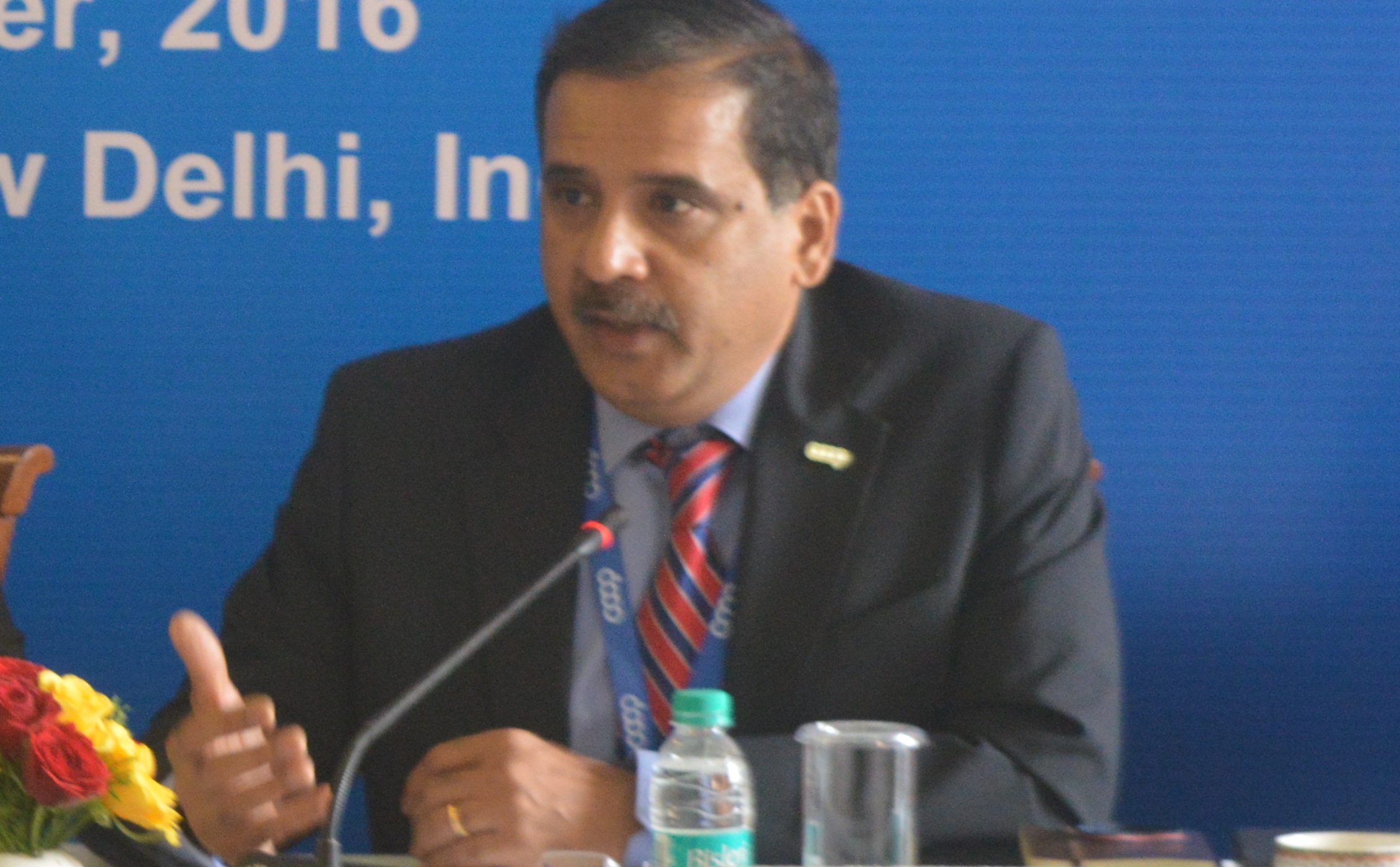

Chitose Arai, Vice President of ICA-AP, Vice President of the Japanese Consumer Cooperative Union (JCCU) and Chairperson of Co-op Mirai the largest consumer cooperative in Japan operating in Tokyo and a co-operative member, a mother and a grandmother in her statement pointed out an important area that affected women’s choices – balancing work and home, work and nursing care, work and childcare. These will become issues more than ever, in the face of an aging of the population and an increase of double-income households.
A recent article in the Wall Street Journal, What’s Behind the Decline in Female CEOs, states that many companies haven’t sufficiently stocked the pipeline with potential women leaders to bolster their ranks in any consistent way, let alone replace departing female CEOs with other women. Many senior women are also in roles that don’t have a direct impact on the bottom line, such as overseeing legal departments, rather than operational roles with profit-and-loss responsibilities, which is the typical path to becoming a CEO. An interesting study by researchers at Utah State University on the tenures of the 50 women who led Fortune 500 companies before 2015, found that women were more likely to be appointed as CEO at a company in crisis than men, increasing the odds of a rocky tenure!
Does it matter?
Yes! To start with, gender parity in leadership is, first and perhaps most important, a matter of fairness. Leaders are powerful, so when women are excluded from top leadership, they are denied power to make a difference in the world. Leaders enjoy high status and privilege, and leadership in one area opens doors to other opportunities, which further amplifies the perks of leadership. Leadership also pays. Diversity matters, and nowhere is it more important than in leadership. It is better for co-operatives when we broaden the talent pool.
The Economist (May 12th 2018) in a recent article, Barriers to Entry, in its series on the shortcomings of economics looks at the discipline’s lack of diversity states, “Although individual women have all sorts of ideologies, surveys suggest that the views of men and women on some issues diverge, on average, in significant ways. Male economists are more likely to prefer market solutions to government interventions. Women are more likely to favor redistribution and environmental-protection rules.” It is apt here to quote what Monique Leroux said in Japan when asked about the difference having more women on the board made. “More women by definition means more young people. It brings in a whole new network and new connections. Men and women manage risk differently; more women means careful management of the organization. Diversity brings a better conversation to the table.”
Way Forward
Time will not solve the gender leadership gap; action will.[1] The women and men (Yes, there were a few brave souls!) felt that the following actions were needed to improve the women leadership gap.
Enabling policy
In the Philippines, co-operatives are required to “promote gender equality and institutionalize Gender and Development (GAD) in policies, programs and other activities of the co-operative.” All co-operatives are required to create a “GAD Committee” composed of at least three members, with one member coming from the Board and a GAD Focal Person to conduct gender analysis, develop GAD and GE policies, monitor and assess progress in implementation of GAD Program, and submit reports to the Board. The Board must report to the General Assembly and the Cooperative Development Authority. Clear policy with action plan and regular reporting. Karuna de Silva, CEO, National Cooperative Council of Sri Lanka (NCCSL), Sri Lanka said there was a national gender policy for Cooperative sector in Sri Lanka in the first time in the history. With the support of We Effect they hoped to promote it nationwide.
Targets
In Japan, the Abe administration’s “womenomics,” has set a goal of raising the number of women in leadership positions within Japan to 30 percent by 2020 and has pledged to provide more child care services while reforming work practices. In line with this, JCCU has committed to develop the capacity of female employees and give them opportunities for promotion. It aims to ensure that women account for at least 20% of all the executives by the end of 2020. JCCU will ensure that half of the new graduates who join JCCU are women, expand efforts to develop their capacity, promote them and build their career by helping them balance work and family responsibilities. Dolly said that the ICA-AP Board, her own Board and other co-operatives should set targets, have plans to achieve, share during Board Meetings, publish progress and recognize annually, co-ops who have significantly achieved targets. Having targets helps stock the pipeline with potential women leaders to bolster their ranks in a consistent way.
Measure and Monitor
There is an interesting quote from Mike DeWine (no idea who he is!), That’s the way life is. If you don’t measure it, it is easier for it to be forgotten.” Chow Fong Leng, Treasurer and Fund Manager, Straits Times Co-operative, Singapore put it correctly – Data leads the way: strengthening data collection and analysis on the status of women can go a long way if women are not to be forgotten. The absence of real data and ways to systematically collect and report was felt as a key hindrance. BCCM Australia intends to do the Eliza Survey each year to keep track of how gender balance changes and to keep it in their radar. For Meena Pokhrel, Senior Program Manager, Nepal Agricultural Coop Central Federation and Chitra Kumari Subba, Acting General Manager, National Cooperative Federation of Nepal tracking data would be key in tracking progress in increasing women led institutions.
Support, Mentor, Sponsor
Elenita from ACCU was prepared for her role early on with the support of the Board and the CEO. Adleen from PACU was able to perform because she had a supportive chair who wanted her to succeed. Christie from FPSDC attributes her rise to the support received from the Board. Tim Zachernuk, International Deputy Chair, International Committee for the Promotion of Chinese Industrial Co-operatives (ICCIC), China or Gung Ho (the word Gung Ho comes from the motto of this co-operatives; it means Work Together-Work in Harmony) said there is need to actively improve gender awareness, strengthen overall democratic management and awareness and highlight successful role models. Many gathered felt that while mentorship was needed; more relevant was sponsorship as it involved concrete action. Sponsors from the organization could put their skin in the game and take a direct role in advancement of careers.
Family and men
There was an interesting video presented by Anahita Eslahpazir, CEO and Azadeh Ashoori, Board Member from the Rah-e-Roshd Cooperative, Iran. It showed young boys and girls the pictures of different occupations and asked them to choose if a man or woman who fulfilled it. The responses were along anticipated lines – police: man; nurse women…. It was not a surprise and showed what starts at a young age at home continues in life. How do we change within ourselves, our homes, our mindset, before we change the world outside? Then there is the need to involve men and not isolate them. As quoted by Carrie Tan, Founder Daughters of Tomorrow, If you want to empower women, you need to empower the men as well. How do we focus and involve men? How do we make it easier for men to share domestic duties? How do we create human resource policies that address issues around flexible work hours, benefits and support, pay etc.?
Inspiration from The Post
I was watching the movie, The Post, while writing this piece and the response of Tony Bradlee (Sarah Paulson) to her husband Ben Bradlee (Tom Hanks) when he says, I made a brave decision, comes to mind.
When Kay (Kay Graham superbly played by Meryl Streep) does it, it’s brave! What have you got to lose? Your job? Your reputation?
Kate is in the position, not have to be in. A position many people think she shouldn’t have
Told time and time again, you are told you are not good enough. Your opinion does not matter.
When they just don’t look past you, you are not even there! And when that has been your reality for so long not hard to think it’s not true. So, to make this decision, to risk her fortune and the company that has been her entire life, that’s brave!
Despite co-operatives doing relatively well in terms of representation of boards and management, the rise to the top is episodic and appointments of women fortuitous. Co-operatives have a long history of empowering women. Our values of self-help, equity, and economic growth through cooperation and democratic processes positions us well to take a leadership position on gender equality, expand diversity, and increase the number of women leaders. Let’s root for our co-operative women CEOs – Adleen, Alexandra, Anahita, Chow Fong, Christie, Dolly, Elenita, Karuna, Nandini, and Sylvia! Let’s root for Alexandra, Chitra, Liu, and Meena who are nearly there (let it not be a case of, so near, yet so far!)! Let’s see their numbers increase!
My thanks to the ACFSMC for generously hosting the workshop and the JCCU (our most ardent supporter on women initiatives). The European Union has been at the fore in recognizing and supporting co-operatives.
The men from the boardroom we wanted to attend, unfortunately could not; but, they did send their statements.
While much of my writing is drawn from the presentations made at the seminar; the views expressed are entirely my own.
(From the LinkedIn page of Balu Iyer, RD ICA A-P)














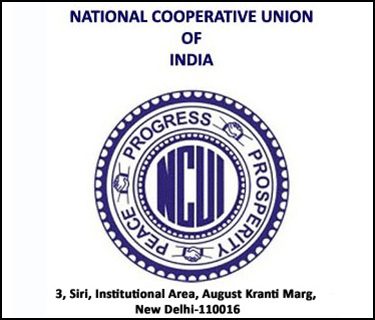



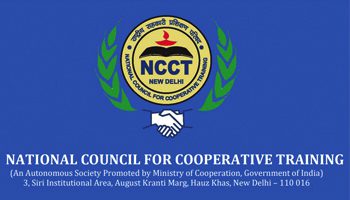

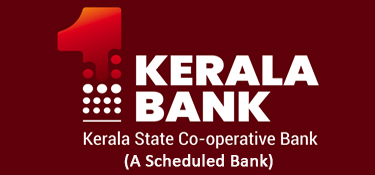






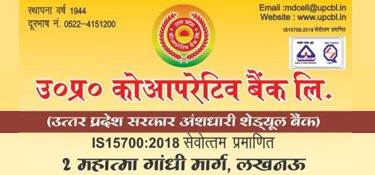



















Great analysis and summing up Balu.